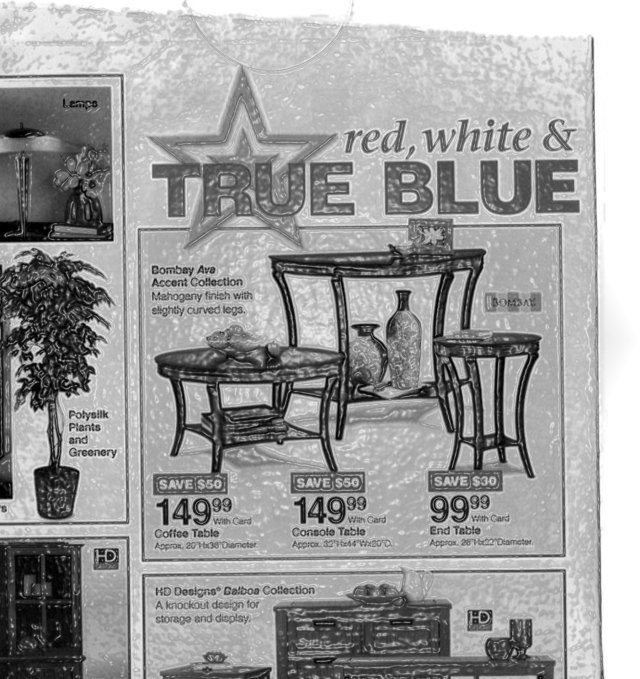
Perhaps the best way to design nice furniture is to first look at thousands of examples of it.
That’s the path I take, and I always recommend woodworkers visit museums and galleries, or pore over books crammed with photos of pleasing forms. But it never occurred to me that looking at furniture could have the opposite effect – it can ruin you.
During my last week in Germany I spent a lot of time with Ute Kaiser, who is in charge of public relations and the class program for Dictum GmbH, the company that runs the classes where I teach.
Ute is a former newspaper reporter like myself, so we get along just great. And usually before or after I teach at Dictum, she and her boyfriend take me sightseeing somewhere in Bavaria. This time we went to Regensburg and ended up ducking some spotty weather in a cafe that looked like something transplanted from Paris.
As the three of us chatted about what we had seen that day, the conversation turned to furniture, both old and new. That’s when Ute told me a story about a Bavarian furniture factory and the time she had interviewed the owner while she was a reporter.
The man had made a lot of money selling factory-made furniture all over Germany, though the furniture wasn’t particularly well-made or beautiful. During the interview, he explained his business model.
As a long-time maker, he knew that his furniture wasn’t the best. But he also knew something about human nature.
So he bought regular advertising in the local paper that showed photos of his furniture. The more the readers saw the ugly forms, the more they became used to them – the stuff became comfortable and familiar. And after becoming used to it, they bought it.
As much as I hate to admit, this makes sense. We accept the familiar and reject the different, especially when it comes to filling our homes.
It’s just that the world is upside down now. The ugly is familiar and the beautiful is rare.
— Christopher Schwarz
For more design resources….
• If you are interested in furniture design, you definitely should check out George Walker’s blog. Walker, the author of the “Design Matters” column in Popular Woodworking Magazine, has been on a one-man crusade to help improve the design vocabulary of woodworkers.
• If you like period furniture, one of the best and cheapest sources of beautiful forms is Wallace Nutting’s “Furniture Treasury.” Volumes one and two can be had for a song at used book stores.
• The other place to find lots of forms to look at is at web pages for auction houses that specialize in fine furniture. Christie’s and Sotheby’s are always good sources. But there are other houses that specialize in other forms, such as this great site for Southern furniture, Neal Auction house.